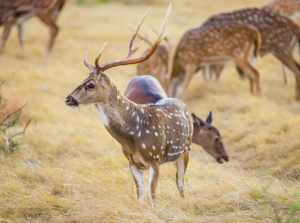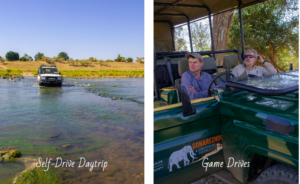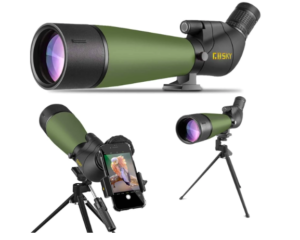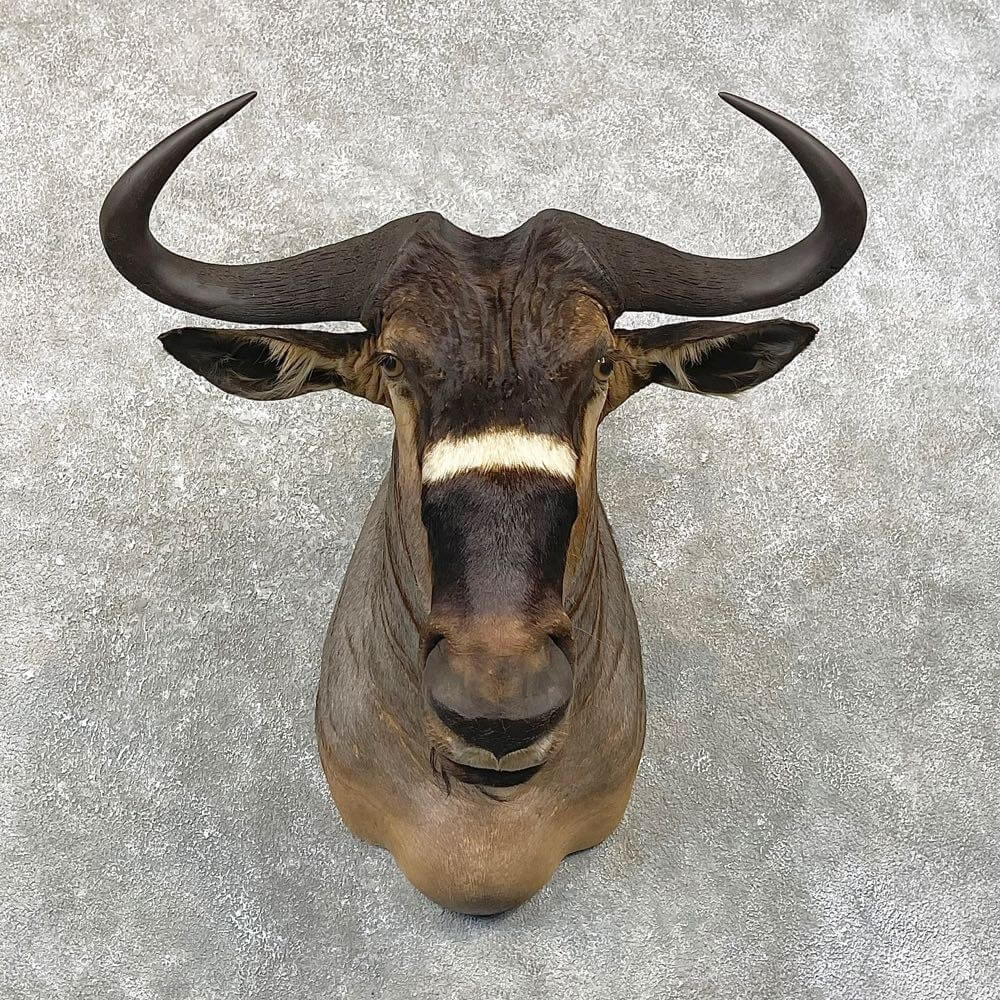
Wildebeest Mount.
In the world of taxidermy, where skill and preservation meet, one species stands out: the wildebeest. With its striking look and commanding presence on the African savannah, the wildebeest captivates both wildlife lovers and taxidermy aficionados. These amazing creatures are brought back to life in dazzling exhibitions by taxidermists, who pay tribute to their natural beauty and conserve their essence for future generations. Join us as we investigate the art and significance of wildebeest taxidermy, diving into the precise procedure and the long-lasting influence it has on our knowledge and admiration of these extraordinary creatures.
The technique and procedure of preserving and mounting the skin, skull, and horns of a wildebeest (also known as a gnu) to make a lifelike reproduction of the animal is known as taxidermy. Taxidermy enables the accurate and aesthetic exhibition and enjoyment of wildebeests across time.
6 Best Wildebeest Mounts for sale
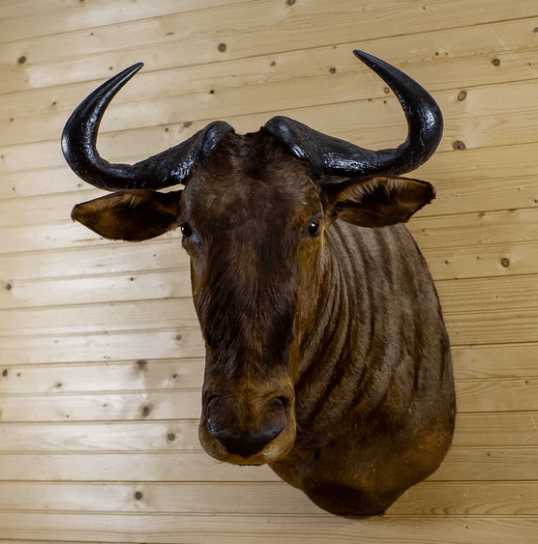
African Blue Wildebeest Mount for sale.
This gorgeous African Blue Wildebeest shoulder mount is set in a natural position, with the head facing front. It has deep, rich colouring and beautiful, coarse-textured hair. Horns have large bosses and a strong hook. A lovely sculpture for the trophy room or African décor theme.
- Quality Rating: Excellent
- Approximate Dimensions: 32 1/2″ tall x 26″ wide x 28″ deep.
- Approximate Weight: 32 lbs.
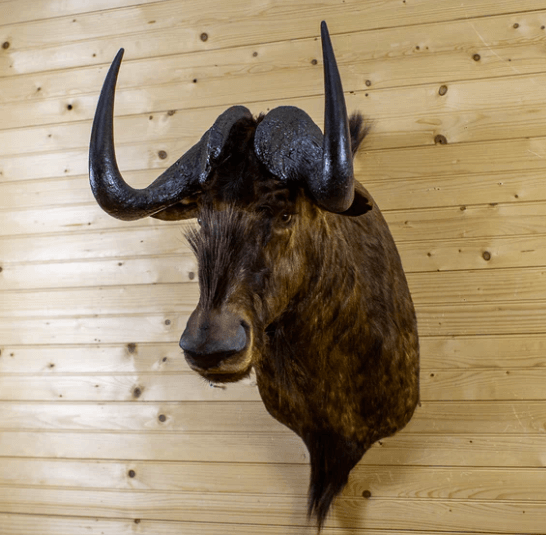
African Black Wildebeest Mount
This exceptional and gorgeous African Black Wildebeest shoulder mount with the animal’s head naturally pointing forward. It has beautiful, coarse-feeling black hair and a deep, rich colouring. A lovely display piece for the trophy room or other African-themed décor.
- Quality Rating: Excellent
- Approximate Dimensions: 35″ tall x 11″ wide x 27″ deep.
- Approximate Weight: 26 lbs.
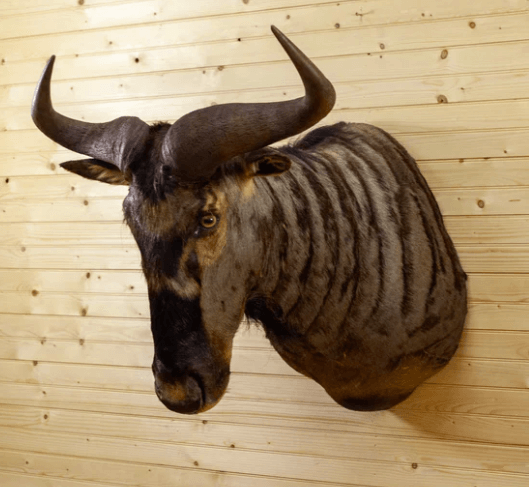
African Nyasa Wildebeest Shoulder Mount
The Tanzanian Nyasa Wildebeest is a rare animal with brown stripes on a grey background and a distinctive white stripe running across its snout. These wildebeest’s horns are exceptionally broad, measuring 27.5″ across and having enormous bases. It has a great, rough beard that feels like fur. It strikes a strong, determined stance.

Nyasa Wildebeest Taxidermy Shoulder Mount
This Wildebeest has a lovely coat of hair, a professionally tanned hide, and a huge pair of horns, earning it a Gold Medal from the Safari Club International with a score of 84 7/8″.
This is the piece you’ve been waiting for to start your African trophy room! There is already a hanger attached to the back of this item.
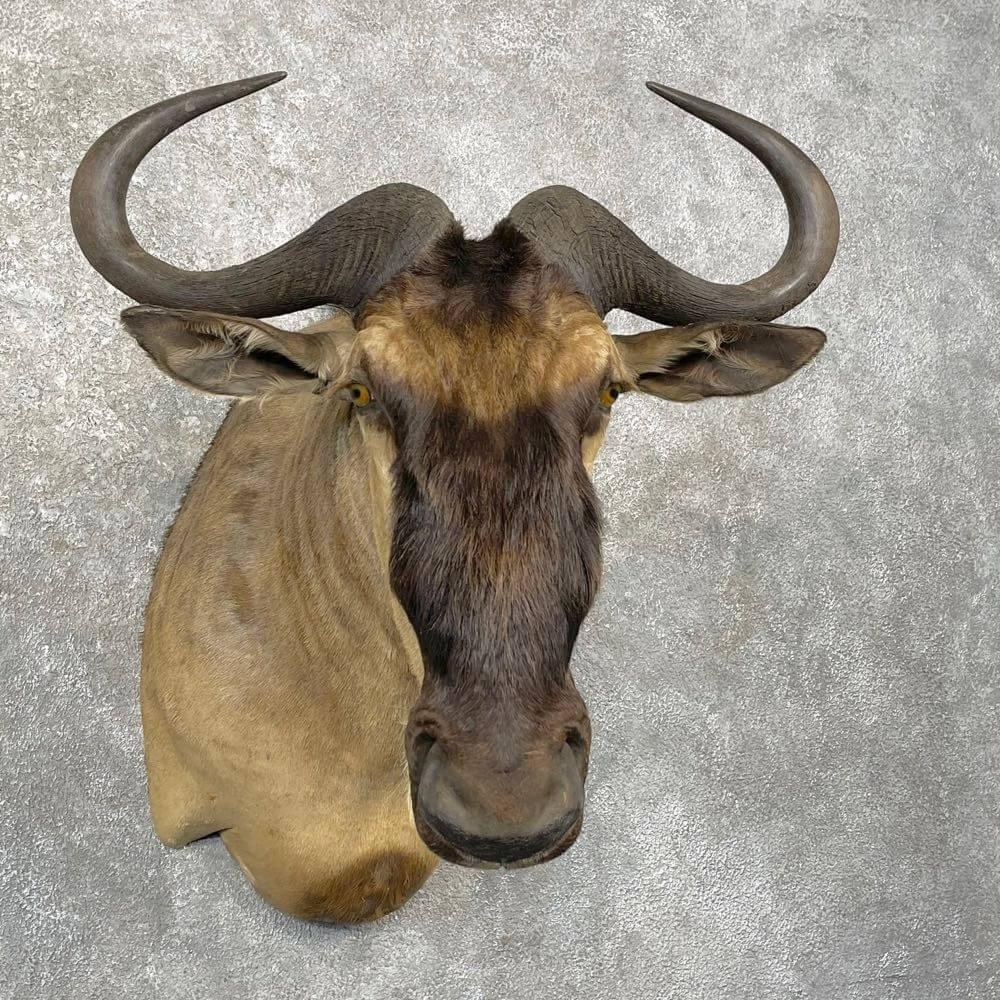
Golden Wildebeest Taxidermy Shoulder Mount
magnificent African Golden Wildebeest shoulder taxidermy mount, situated with its head semi-upright and facing out into the room to the viewer’s left side. This wildebeest has beautiful hair, a traditional white beard, a professionally tanned skin, and an exceptional set of horns that earns a SCI Silver Medal with a score of 77 0/8″. This is an excellent addition to any African trophy collection!
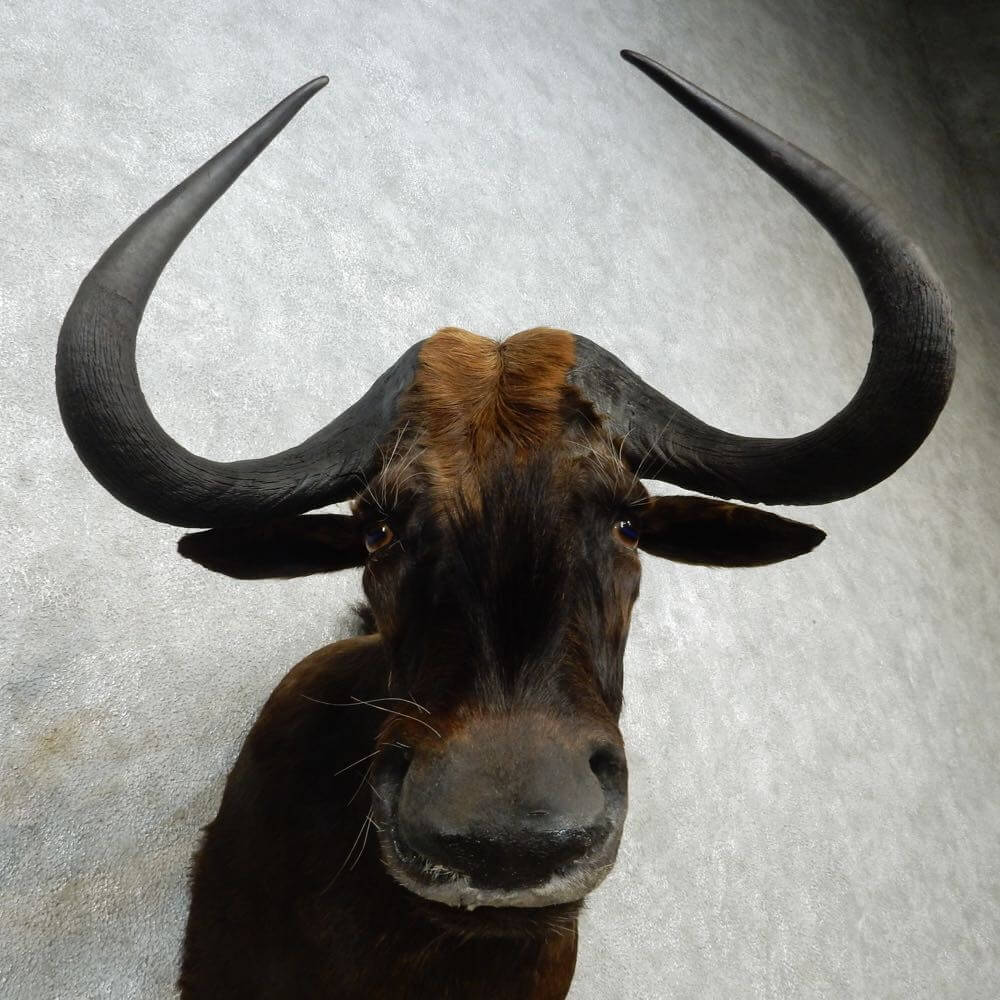
Black Wildebeest Shoulder Mount for sale
This is a magnificent taxidermy mount of an African Black Wildebeest shoulder. It is positioned with the head erect and looking slightly to the right out into the room. The thick, shaggy black hair and robust hide quality, as well as the horns, achieve a SCI Gold Medal Score of 85 5/8″ (79th overall!).
How to Maintain a Wildebeest Mount
Here are some critical maintenance practises to follow in order to keep a wildebeest mount in good condition:
Dusting:
Dust the mount on a regular basis with a soft brush or cloth to remove any accumulated dirt or debris. Brush the hair gently in the direction of the hair to avoid harming it.
Cleaning:
If the mount becomes damaged or discoloured, carefully clean it. Begin by diluting a mild detergent in water. Dampen a soft cloth or sponge with the solution and dab the afflicted area gently, taking care not to soak the fur. After that, rinse away any residue with a clean, wet towel. Finally, use a clean cloth to pat dry.
Insect Infestation Prevention:
Inspect the mount on a regular basis for evidence of insects such as beetles or moths. Take prompt action if you discover any pests or signs of infestation (e.g., tiny holes or insect casings). Consult a skilled taxidermist or pest control specialist to decide the best approach to eliminate the infestation.
Temperature and humidity regulation:
Maintain a steady environment for the mount by preventing excessive temperature and humidity swings. High humidity can promote mould or mildew growth, while extreme dryness might cause the mount to crack. Ideally, temperature and humidity levels should be comparable to those seen in a typical household.
Avoid direct sunlight exposure:
Prolonged exposure to direct sunlight might cause the mount’s colours and fur to fade and deteriorate. Display the mount in a location that is shaded from direct sunlight or, if required, apply UV-blocking window coverings.
Prevent Physical Damage:
Take measures to avoid inadvertently damaging the mount. Make sure it’s out of reach of youngsters, dogs, and other possible sources of injury. Avoid putting the mount in places where it might be knocked over.
Maintenance by a Professional:
Have the mount examined by a skilled taxidermist on a regular basis. They may inspect its condition, perform any required repairs, and offer professional maintenance recommendations.
Keep in mind that caring for a black wildebeest mount necessitates careful handling and attention to detail. If you are unclear about any maintenance practises or face special problems, it is best to seek the advice and aid of a professional taxidermist.
How to make a wildebeest shoulder taxidermy
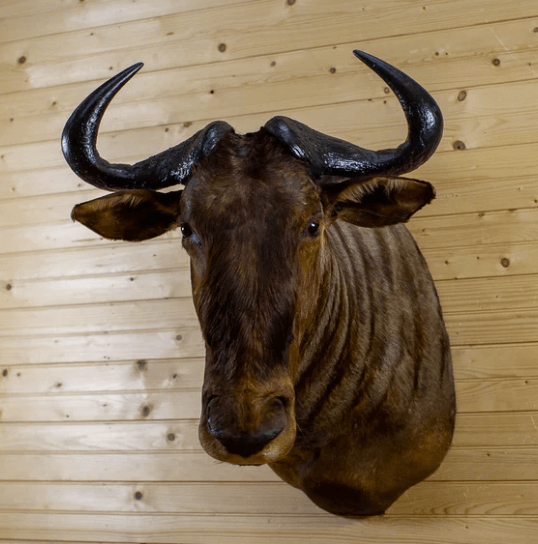
Creating a taxidermy mount of a wildebeest shoulder is a complicated operation that needs knowledge and specialised gear. While I can offer some broad guidelines, it’s important to remember that taxidermy is a skilled trade, and it’s best to seek help from a professional taxidermist or enrol in a taxidermy school for hands-on education. Here’s a high-level summary of the procedure:
Considerations for the Law:
Ensure that the wildebeest head is obtained lawfully and in accordance with local legislation, licences, and hunting restrictions.
Skinning:
Begin by surrounding the head where it joins the shoulders with an incision around the neck.
Detach the skin from the skull with care, moving slowly and methodically to avoid rips or injury.
Cleaning and Fleshing:
Using fleshing equipment such as knives, fleshing beams, or fleshing machines, remove any superfluous tissue, fat, and muscle from the skin.
Thoroughly clean the skin, removing any leftover flesh, blood, or debris.
Preparation of the Skull:
Remove any leftover flesh and membranes from the skull with care.
To assist remove leftover tissue and grease, boil or simmer the skull.
Degrease the skull after cleaning it by immersing it in a degreasing chemical or using solvents to remove unwanted fats and oils.
Mount Base and Form:
To support the wildebeest head, make a foundation or use a pre-made shape.
Ascertain that the foundation or form is appropriate for the size and shape of the wildebeest head.
Secure the skull to the foundation or form, making sure it is aligned with the desired posture.
Installing the Skin:
- If required, rehydrate the skin of the wildebeest by bathing it in a tanning solution or using a rehydration process advised by the taxidermy materials provider.
- Place the rehydrated skin over the skull, making sure it fits well and corresponds with the desired posture.
Secure the skin to the skull with pins, sutures, or adhesives to provide a tight fit and natural look.
Sculpting and detailing:
- Using clay or other sculpting materials, sculpt and form any essential face features such as the eyes, nose, and mouth.
- Pay close attention to features like as muscle definition, wrinkles, and texture in order to replicate the wildebeest’s natural look.
Finishing and drying:
- Allow the mounted head to completely dry to ensure that the preservation chemicals enter the skin completely.
- Maintain the appropriate stance by monitoring and adjusting the position during the drying process.
- Trim extra skin and hair once dried to provide a tidy and clean appearance.
- To add colour and improve natural shading and patterns, use paint or airbrushing techniques.
Mount Display:
- Install the completed wildebeest head on a display plaque or wall mount.
- To avoid movement or damage, make sure the head is securely connected.
It is important to understand that this article is intended to offer a basic overview of the taxidermy process. A taxidermy job with a wildebeest head needs much knowledge, practise, and competence. It is strongly advised to seek help from expert taxidermists or to attend taxidermy classes to guarantee suitable procedures, legal compliance, and ethical practises are followed.
Related
- “Unveiling the Majestic World of Red Stags: Behold the Crowned Kings of the Forest”
- Legendary Roar: Red Stag Hunting in the Majestic Land of New Zealand
- Hunting on Catalina Island, Unleashing Adventure:
- Gemsbok Hunting in Texas: A Thrilling Safari Experience in the Lone Star State.
- Unleashing the Adventure: Springbok Hunting in Texas – Your Ultimate Guide.
FAQs Answered
Can I legally get a blue wildebeest mount?
Yes. Blue wildebeests can be hunted lawfully in select areas where hunting is controlled and licences are provided. To legally get a blue wildebeest, make sure you follow local hunting and wildlife restrictions.
How can I locate a trustworthy taxidermist for my blue wildebeest mount?
Seek advice from local hunting clubs, wildlife management organisations, or other hunters who have had mounts made. Look for taxidermists that have a solid reputation, have handled big animals, and have a portfolio of prior mounts.
What should I do to prepare the blue wildebeest for taxidermy?
Field care is essential. After harvesting, keep the hide cold and dry. Avoid pulling the animal and field dress it as soon as possible. For precise recommendations on handling and transporting the cape and skull, see your taxidermist.
How long does it take to taxidermize a blue wildebeest mount?
The amount of time required varies according to the taxidermist’s workload and the complexity of the undertaking. It is essential to consult with your taxidermist about an approximate timetable.
How should I display and preserve my blue wildebeest mount?
Choose an appropriate location in your home or trophy room where the mount will be safe from sunlight, excessive moisture, and physical damage. Regularly dust the mount and maintain a stable environment with controlled temperature and humidity levels.


